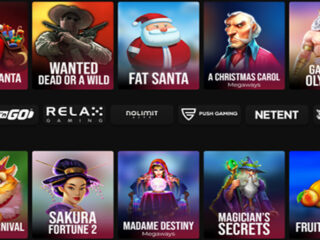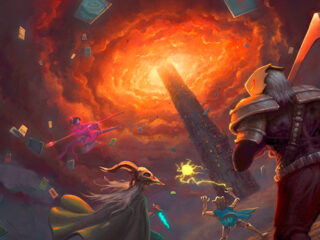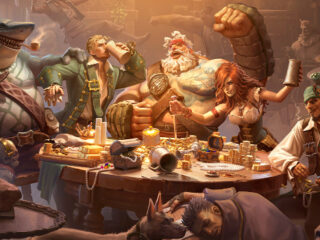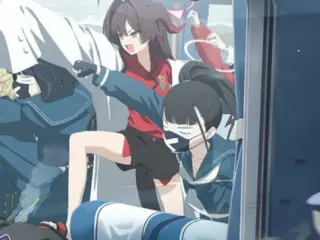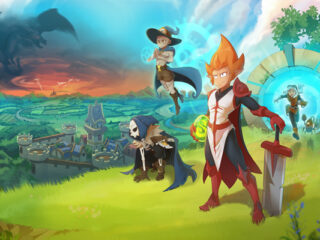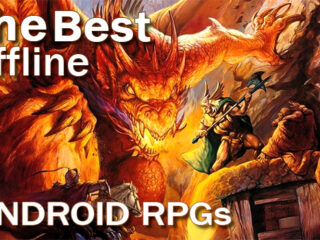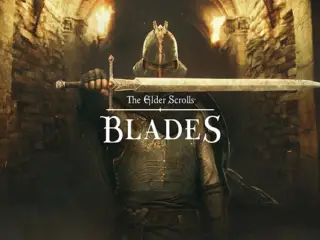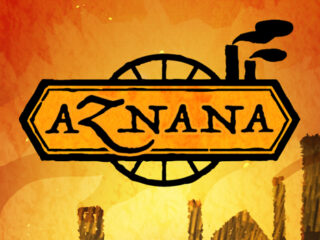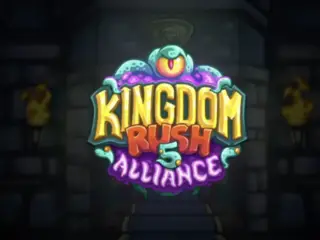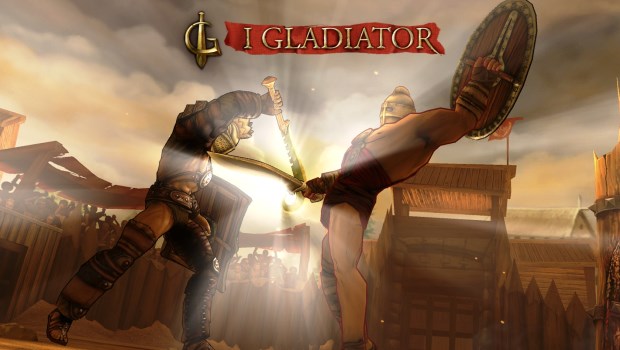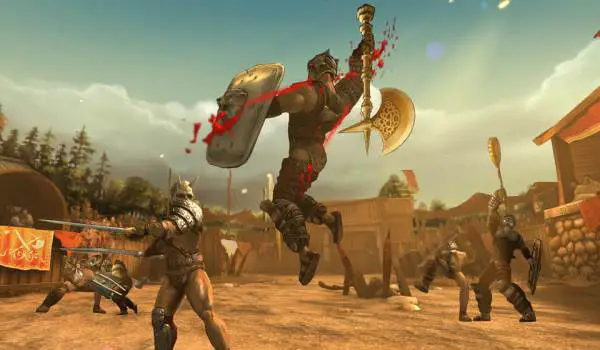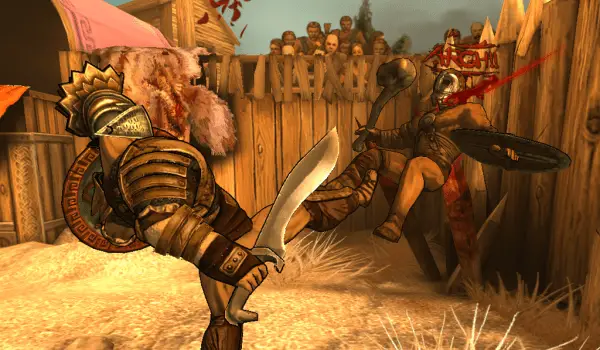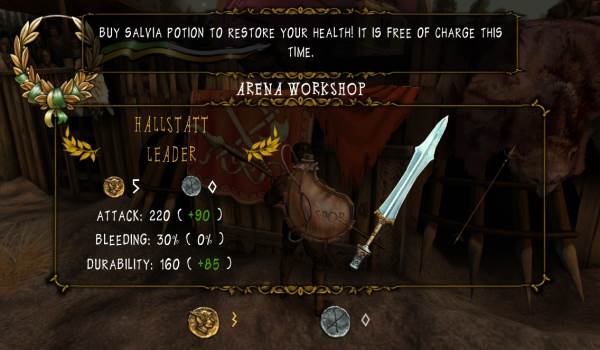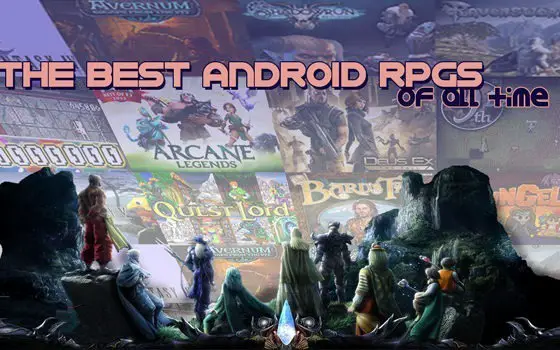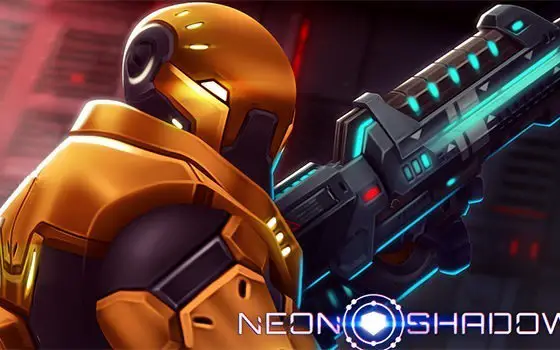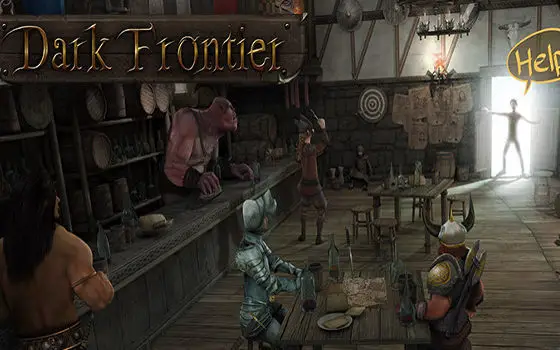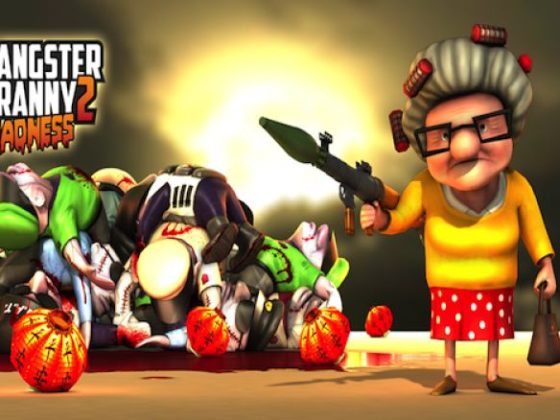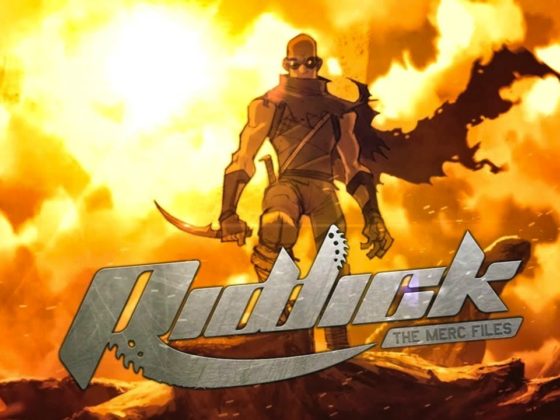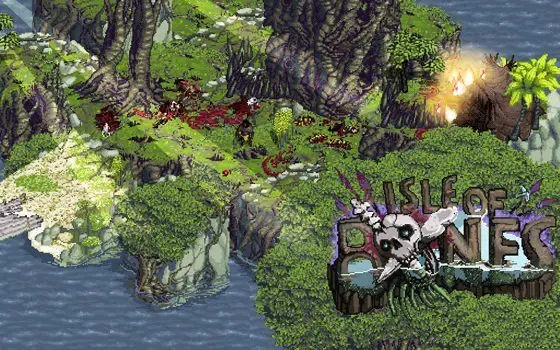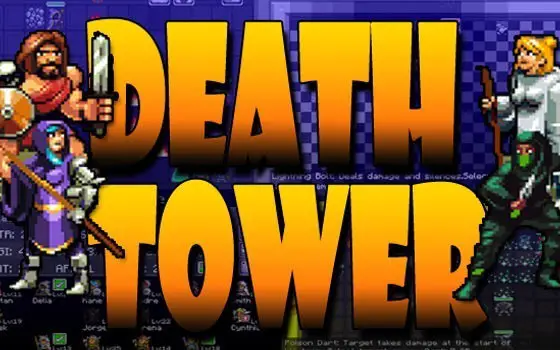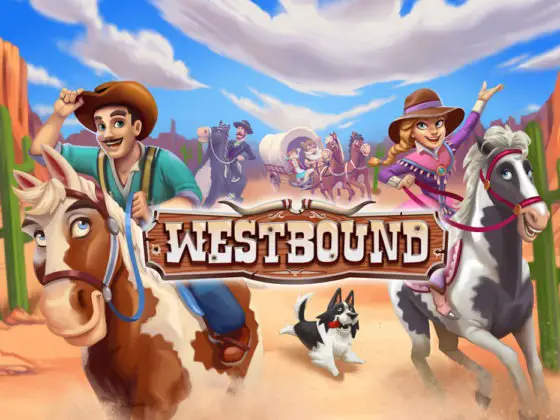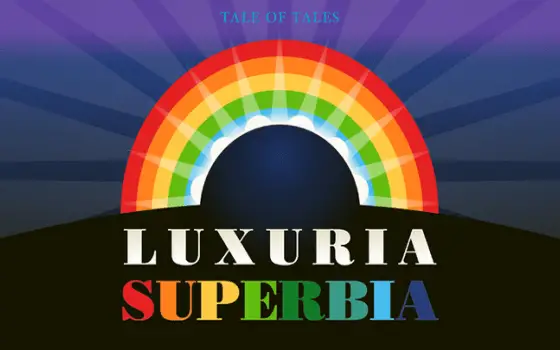Late in 2010, Chair Entertainment released an iOS game called Infinity Blade to immense and immediate financial and critical success. Since this game is still sadly an iOS exclusive, here’s a quick rundown of the core gameplay for those of us with superior taste in mobile devices: the focus is on one-on-one melee duels; you can’t move freely, but you can tap buttons to dodge left and right, tap another button to block a limited number of times per battle, or swipe in a direction that matches your opponent’s strike to parry. Successful parries throw your opponent off balance and give you an opening to attack; to execute combos, you must chain direction-sensitive swipes in the right rhythm. Think Devil Meets Cry meets Fruit Ninja meets Parappa The Rapper and you’re in the neighborhood.
The sight of Infinity Blade raking in bundles of cash predictably spawned a host of imitators and copycats across all mobile platforms. Blood And Glory and Monster Blade are perhaps the most shameless of these on Android, lifting Infinity Blade’s mechanics wholesale and barely differentiating themselves by swapping in generic and inferior skins. I, Gladiator, Steel Monkeys’ contribution to the swipe duel genre (got a better name for this kind of game? Leave it in the comments!), certainly also borrows liberally from the big daddy, but to the developers’ credit makes an earnest effort to evolve and expand the core mechanics. The results are mixed, in the Steel Monkeys tradition – they are also responsible for the seriously underrated but still substantially flawed combat racer Post Apocalyptic Mayhem. But the effort deserves respect and a closer look. So, how does I, Gladiator change up and try to improve on the Infinity Blade formula?
The biggest difference, and the one that informs all the others, is that I, Gladiator battles (and there’s a hefty complement of 80, spread out over 4 story chapters) take place in open arenas. Most of the arenas feature multiple opponents, some of whom are too busy fighting each other to notice the player. You can move around the arenas freely, engage and disengage opponents at will, and make tactical decisions about whom to take on when.
There are also gruesome traps like spikes and columns of fire scattered around the space; in theory, at least, you can maneuver your opponents into them to get quick kills and get the crowd excited (you don’t ever see much of this crowd; it’s more like narrative window dressing for a mechanic that rewards players for being aggressive and skillful). I say “in theory” because setting opponents on fire, dismembering them, or impaling them on sharp objects requires more luck, finesse, and patience than one would like, given how juicily satisfying these moments are.
Though the open arena design means that you’ll sometimes have to deal with more than one enemy at once, you’ll still spend most of your time locked in one-on-one duels with a variety of attractively modeled and smoothly animated opponents. Here again, I, Gladiator departs from the Infinity Blade formula by giving you more freedom of movement. Holding down the block button not only protects you from most enemy attacks, but also lets you back away and disengage by swiping down, advance and push your opponent back by swiping upwards, and strafe all around your opponent by pressing and holding on either side of the screen.
It’s far from clear, though, whether this change is an improvement – at least in the context of a touch interface. You swipe across the screen in the same ways to attack when not holding down the block button as you do to move when you are, making it easy to do one when you intend to do the other. Also, the block button changes to a run button when you retreat out of range, and this transition can produce some jarring and spastic camera and movement behavior, seeing as how swipes in run mode reposition the camera instead of moving you relative to an opponent. Yes, you can master these controls with enough practice, but a really good game should make you feel like you’re mastering timing, strategy, tactics–not the controls.
But let’s say you’ve gotten the hang of the basic mechanics; what else does the game have to offer? Well, there’re some light RPG elements; your character gains experience after every fight, win or lose. But the leveling system is so bare-bones and generic that describing it in detail wouldn’t be worth the time if it took more than one sentence: every level-up, you have a few skill points to distribute between health, stamina, attack, and defense. Not a lot of meaningful-feeling choices to make here, though the system does make grinding for money to buy better equipment more bearable.
There’re also a couple of half-hearted efforts at multiplayer play -you take on enemy waves in a few arenas and compare your score to opponents around the world – and, naturally, there’s a store where you can buy more powerful weapons and armor. You earn money in game by taking part in fights and you can make more faster by working up the crowd with reckless aggression and gory kills, but sure enough, you can also spend real money to speed your progress towards the best loot. There’s some pressure to do this as getting enough money to buy the best equipment requires hours of repetitive grinding in the practice arenas. Still, the hard sell is less obnoxious than in many games since defeated enemies often drop high-quality weapons and shields you can use for that battle.
It’s too bad there are immersion-breaking distractions like in-app purchases, because the game does try hard to provide a context for all the ruthless bloodshed through a half-serious, half-campy story featuring betrayal, revenge, and cruel, unscrupulous, outright creepy Roman gods. Wonderfully, all of the cutscenes are in Latin (rest easy, there are English subtitles for those of us who didn’t grow up in the Vatican). In fact, even the gladiator trash talk during the battles is in Latin! It’s touches like this, a willingness to try something a bit new, a bit weird, that earns this seriously flawed game a grudging recommendation. And if Steel Monkeys can rework the control scheme to smooth the transitions between combat and movement, make traps easier to use, and double down on the idea of tackling multiple opponents at once, I can see that grudging recommendation changing to an enthusiastic one for the sequel.
